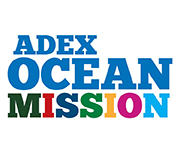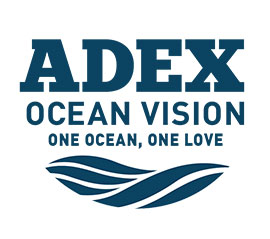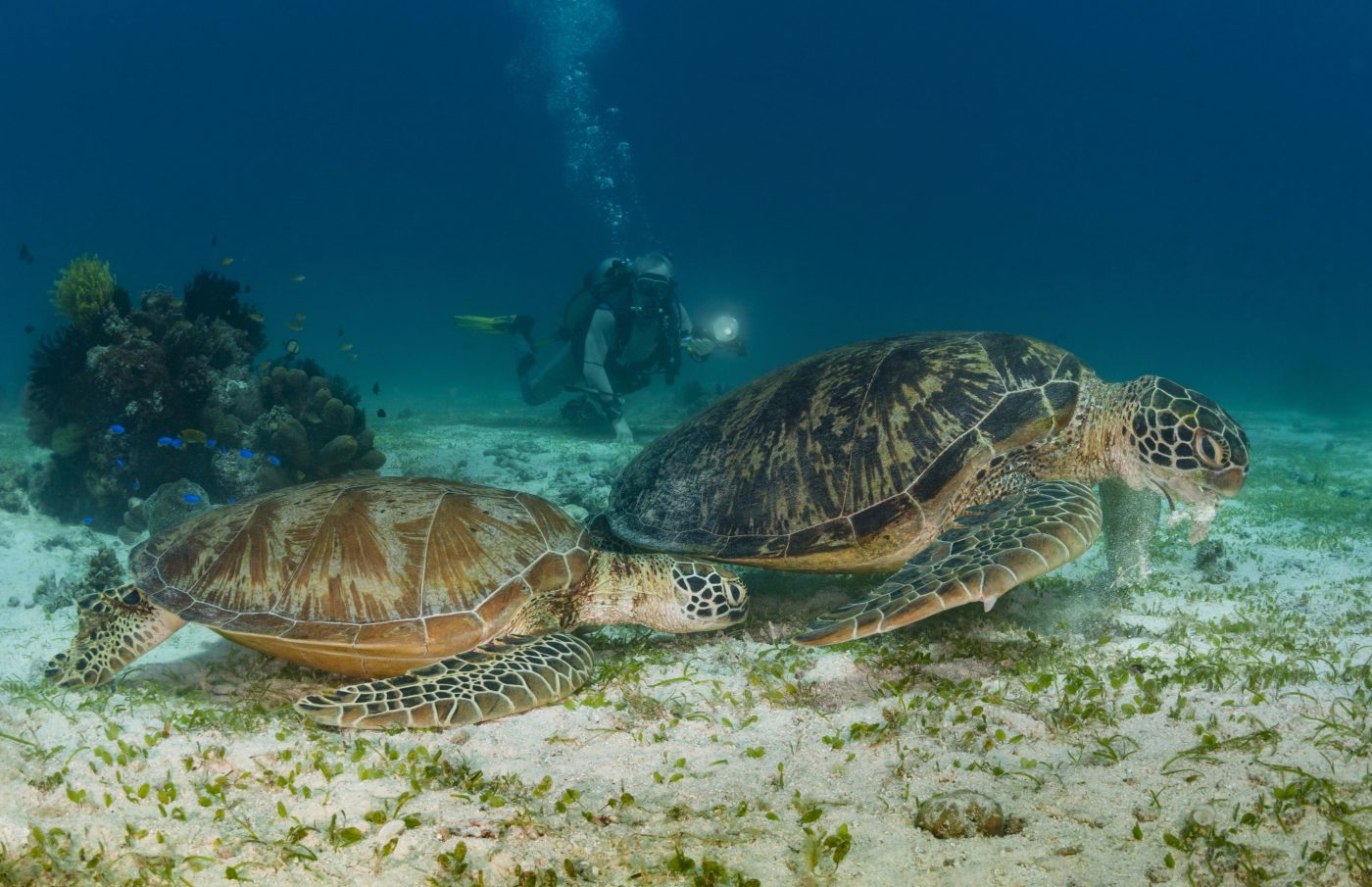While Boracay is a popular sun and beach destination, unbeknownst to many, it is actually the best place to visit for those who are just beginning to learn all about scuba diving –with much dive sites to explore for our experienced divers as well! The dive centres here are also some of the most affordable, with many divers actually choose to come to Boracay to get their next level certificate as it tends to be cheaper than at other dive spots around the Philippines. The island also has nearly 25 different dive sites, all ranging from beginner friendly to challenging, for you to choose from and are all easily accessible via boat.
Angol Point
One of the easiest dive spots in Boracay, this dive site is perfect for those who are taking their first dips into the ocean as a scuba diver. With a depth of 10 to 15 metres and almost no current, Angol Point is a popular spot for divers who are looking for a relaxing dive or a night and full moon dive. Additionally, underwater photographers flock to this location as it is great for long exposure photography and even at night, visibility is high. On this dive, divers can expect to encounter marine life such as colonies of starfish, bannerfish, clownfish, damselfish, grouper, scorpionfish, sea snake and sweetlips.
Yapak
This dive site is incredibly famous in Boracay as it is actually made up of 4 different unique spots and is well known for offering diver an incredible amount of visibility. Within Yapak, Yapak 2 is the most well-known as it features sheer walls of coral, a wide array of sea life and occasional friendly and curious sharks. At Yapak 2, divers can find 2 deep walls that go as deep as 60 metres and the entrance to the coral walls only begins at a depth of 32 metres. On this dive, divers can expect to encounter marine life such as barracudas, dog tooth tuna, giant trevallies, grey reef sharks and whitetip reef sharks. This site is reserved for advanced divers due to its depth and strong currents.


